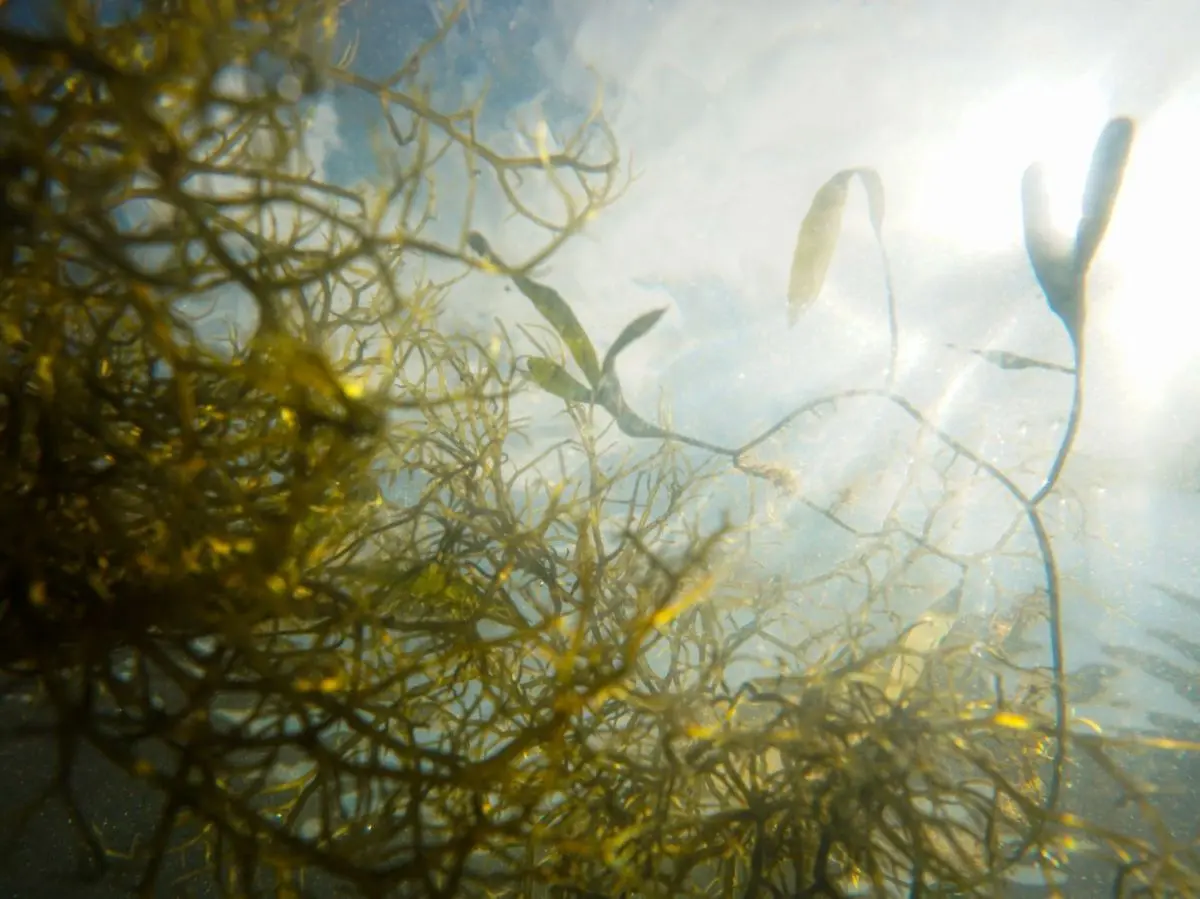
Do you want to access to this and other private contents?
Log in if you are a subscriber or click here to request service
Animal feed: changes the nutrition for the zootechny?
An American researcher has published a list of innovations: algae and insects in pole position

Which animal feed ingredients could 'make headlines' this year? Will algae and insects really become viable options as ingredients? The questions, which are as topical as ever, were answered by an American researcher, Efstratia Papanikou, a plant physiologist with an MSc from Kansas State and a PhD from the University of Illinois who currently works at Ariston nutrition consulting. To explain the...
fc - 29205
EFA News - European Food Agency
EFA News - European Food Agency